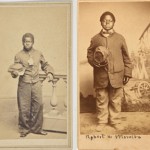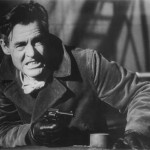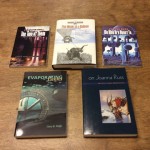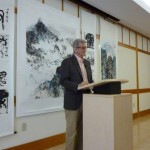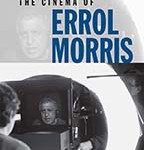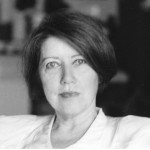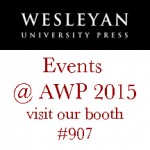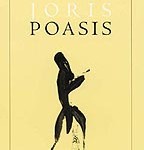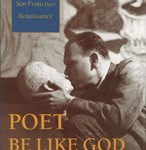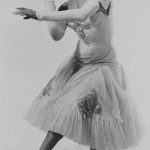

Panelists include Carmen de Lavallade, George Faison, and Raven Wilkinson.
Sunday, September 20th 2PM
Barnes & Noble, 150 East 86th Street (86th & Lexington Ave.), New York, NY
212-369-2180
Moderated by author Yaël Tamar Lewin, to celebrate the paperback edition of Night’s Dancer: The Life of Janet Collins.
A panel of renowned artists will reflect on Collins and her career, and discuss their own experiences as African-American performers in a racially segregated United States. There will also be a brief reading from the book and a screening of historical film clips.
Carmen de Lavallade is an award-winning dancer, choreographer, and actress. She performed with the Lester Horton Dance Theater and Alvin Ailey Dance Company and has appeared on Broadway (House of Flowers) and off (Othello, Death of a Salesman), as well as in film (Carmen Jones, Odds Against Tomorrow). Janet Collins was her first cousin and a great inspiration to de Lavallade, who danced some of her roles at the Metropolitan Opera. De Lavallade was also wife and dance partner to the late Geoffrey Holder.
George Faison is a celebrated dancer, choreographer, and producer who was the first African American to win a Tony Award for Best Choreography—which he received for The Wiz in 1975. He has also worked with popular entertainers such as Ashford & Simpson, Patti LaBelle, Dionne Warwick, and Earth, Wind & Fire. In addition, Faison is the artistic director of the Faison Firehouse Theater, a performing arts and cultural center that seeks to preserve Harlem’s historic past.
Raven Wilkinson was the first African-American dancer with the Ballet Russe de Monte Carlo, which she joined in 1955, becoming a soloist in her second season. When performing in the American South, she wore white makeup to conceal her race. After her identity was revealed, she faced threats from the KKK. She left the company in 1961 and went on to work with the Dutch National Ballet and New York City Opera.

